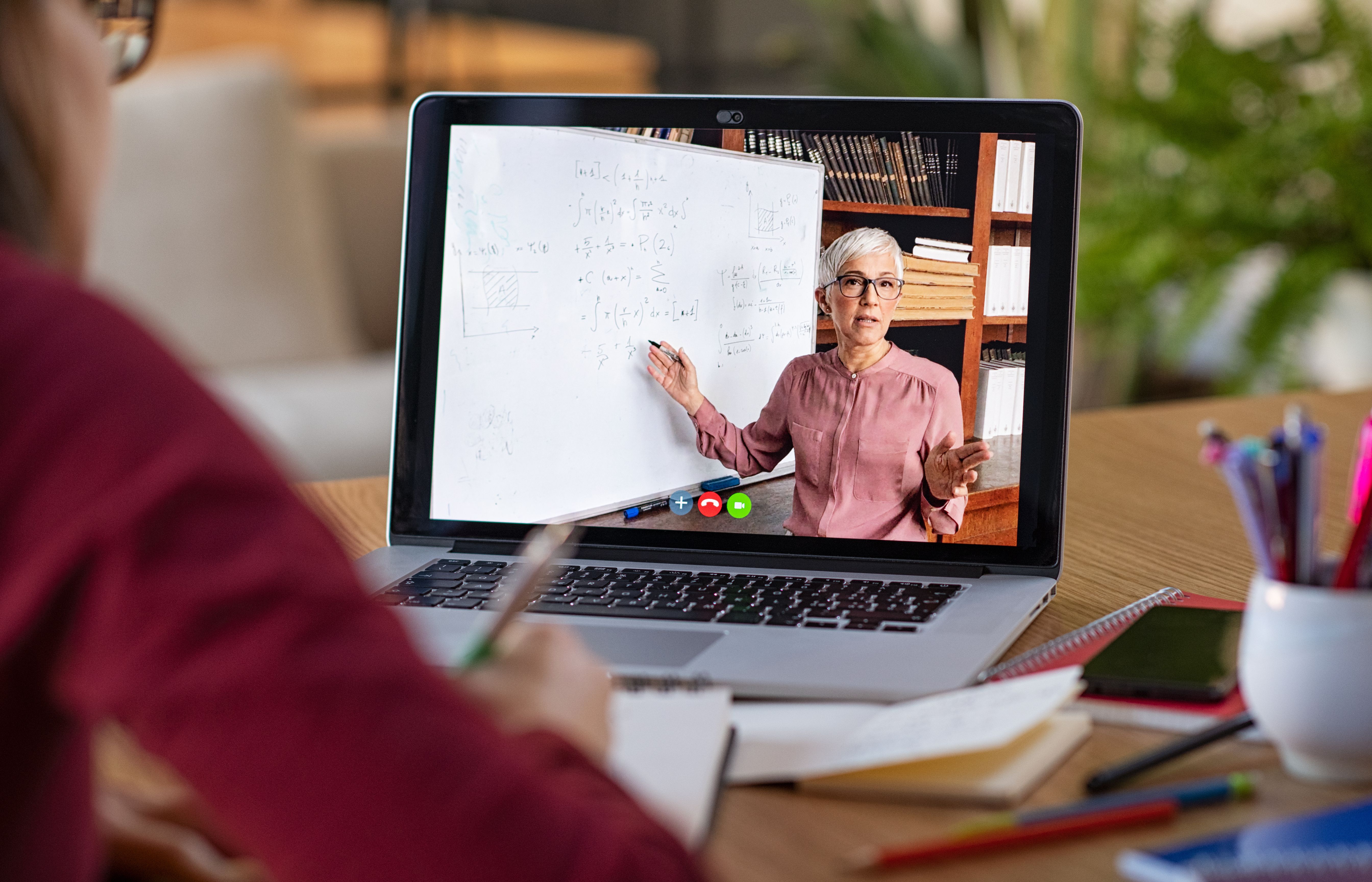ARTICLE
Tech vs Tradition: Do Students Learn More From Screens or Paper
In an age dominated by screens, the role of traditional paper in classrooms has come under debate. Some argue that classrooms and colleges should be a haven from smart devices and screens the students use in their daily-life. Others believe the advent of technology has made learning more efficient and with more options to reach a student’s needs.
March 14, 2024

Tech vs Tradition: Do Students Learn Better from Screens or Paper?
In an age dominated by screens, the role of traditional paper in classrooms has come under debate. Some argue that classrooms and colleges should be a haven from smart devices and screens the students use in their daily-life. Others believe the advent of technology has made learning more efficient and with more options to reach a student’s needs.
Should we expose students to more screen time when the government advises only two hours of screen time a day to protect individuals’ well-being, or should we stick to tradition with worksheets, books and paper-based learning?
The Nationwide Dropdown in Reading Scores
In December 2023, the UK Government found that only 60% of pupils in Key Stage 1 & 2 met the expected standard in reading, writing and maths (combined). Meanwhile, innovative educational technologies have flooded the market, promising to transform the learning experience. Yet, research by the National Institutes of Health has shown negative associations between screen time and the development of physical and cognitive abilities.
“The early years of childhood are crucial for acquiring language skills, and children develop various aspects of language, including vocabulary and phonology. These skills are acquired through interactions with adults. Numerous studies have highlighted the significance of human interaction, particularly the frequency and quality of exchanges between adults and children, in the development of language skills. However, there is a growing concern that screen time diminishes the quantity and quality of interactions between children and their parents, resulting in fewer chances for the child to practice and develop their language abilities” – National Institutes of Health.
The uniformity and predictability of paper-based reading environments may benefit students, learning more easily in tandem with patterns or routines. In a study conducted by Columbia University's Teachers College, researchers suggest that the act of reading on paper leads to a more profound comprehension—a phenomenon they refer to as 'deeper reading.' This concept proposes that screens prioritise the skimming of text over an immersive experience.
If it Isn’t Broke, Don’t Fix it
Unlike modern screens, books have fewer potential distractions and encourage students to “work within the lines” with no pop-ups and no social media apps to divert. Furthermore, a student’s notes are their own, written in their handwriting. Computers have discouraged the act of notetaking, copying & pasting information before soon forgetting the context of the subject.
Examinations are also still pen-to-paper writing, there may be a risk that students will not have the strength and motor skills to write for long periods of time under the strain of examination. Imagine the challenge of spending the majority of your school time on devices but then having to write non-stop for three hours during exams.
The Case for Technology
At first glance, the benefits of learning through digital channels may seem clear. Instant access to a wealth of information, multimedia tools that cater to varied learning styles, and the capacity for collaboration across boundaries are just a few of the advantages. With the use of cloud-based systems, work is less likely to be lost through damage or mistakes. Students can no longer use the excuse that the dog ate their homework!
Educational apps, e-books, and interactive online platforms have revolutionised the way we absorb and convey information. Instead of a single book sourced from the library, students can now pull from virtual stacks, each text just a keyword search away. There is no competition over the only copy of the book in the library, and those who struggle with reading comprehension or cognitive ability have access to methods that meet their needs.
We Asked Our Community
To find out the views of professionals, we asked our own online community. Experienced educators on our social media channels voted between screens and paper. At the end of the poll, the results were 40% for paper (exclusively) and 60% for a mix of both. Showing that screens alone will never take the place of putting pen to paper.
But what are your thoughts? Do you incorporate technology into your classroom? Can you see the use of devices taking over traditional learning? Let us know your thoughts on our LinkedIn page.

